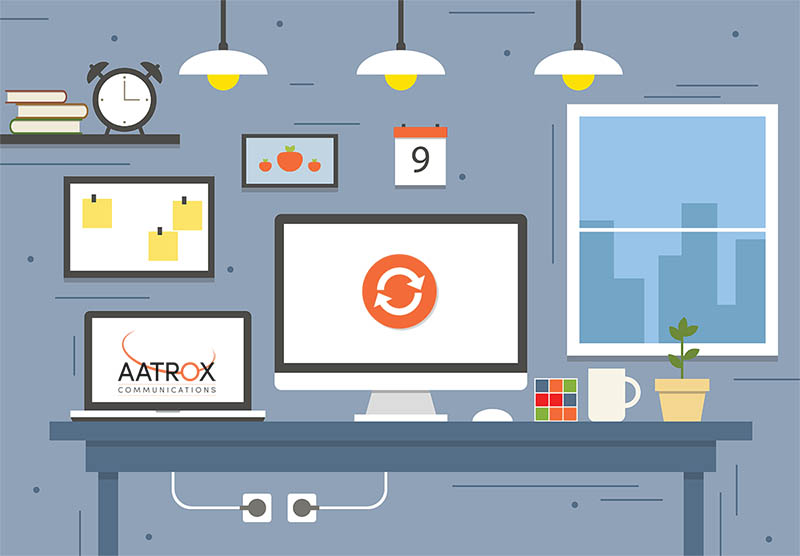
What is ISDN?
ISDN, meaning Integrated Services Digital Network, is an all-digital network that’s provided through telephone carriers. It works by allowing voice and data to be transmitted through existing telephone lines. Through this digital transmission, you can make phone or video calls, transmit data as well as utilise any other network services. ISDN is a tried and tested technology that’s been around for some time now, but what exactly are the advantages and disadvantages of it? Read on to find out more.
ISDN Advantages
- Faster Transmissions
Compared to its predecessors, ISDN has a much faster data transmission rate. ISDN’s digital phone lines being able to carry 128 kbps over the same phone circuits left normal phones transmission rates of only 2.4kbps in the dust.
- Better Quality Signal
The lines that ISDN runs through also transmit better quality signal compared to its predecessors. Voice calls are of a higher quality and suffer from less static during the call, and the internet connection itself is also a lot more stable with less interruptions.
- Multi-Purpose Cables
ISDN lines can transmit voice, video, fax information and data all on the same cable simultaneously, so you can browse the web and take a phone call at the same time. ISDN allows for more productivity in the workplace as its more efficient.
- Various Call Management Functions
ISDN features a range of useful phone call features such as call forwarding, directed call pickup, message waiting indicator and more.

ISDN Disadvantages
- Little Flexibility
As traditional ISDN requires the physical cables to connect, it’s difficult for businesses to implement remote working and company expansions as ISDN is less flexible. In fact, more and more businesses are moving to cloud-based systems which are more flexible in their scalability.
- Physical Cables
As ISDN requires the physical connection through telephone lines, the installation and set up of this can be time-consuming and frustrating for businesses. The system is also more likely to fail compared to newer technologies.
- Geographical Limitations
ISDN connections are bound to a specific geographical area code, and making changes to this can take up to several weeks to implement. Businesses are therefore limited on phone numbers as they’re tied to the geographical location.
- Cost Ineffective
The installation and set up of ISDN cables can be expensive itself, but having to pay for both the service and the price of leasing the cables all adds up. It’s also costly to make calls with bearer channels.
- Somewhat Outdated
ISDN has been around since the 1980’s, so compared to newer technologies, such as VoIP (Voice Over Internet Protocol), it can seem a little outdated. Interested in learning more? Give our blog a read: 5 Strategic Advantages of IP Voice vs. ISDN. While ISDN offers faster and more reliable transmission rates than it’s predecessors, compared to broadband internet connection speeds, it just isn’t as good.
ISDN has been a reliable technology for businesses since the 1980’s, but with more advanced technology now developed it just doesn’t hold up as well as before anymore. In fact, ISDN has a confirmed end-of-life date for 2025, as there are new technologies that keep up with society’s demands more efficiently. If you’re looking for the right service for your company, contact us tody to discuss technological solutions to your business needs.

